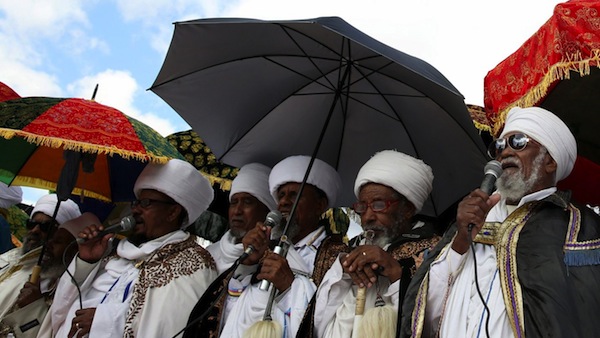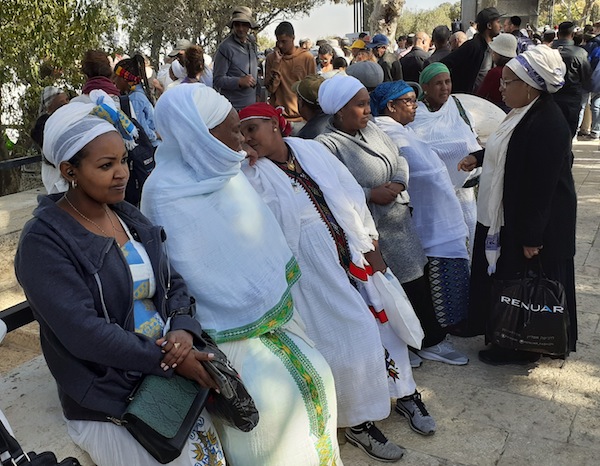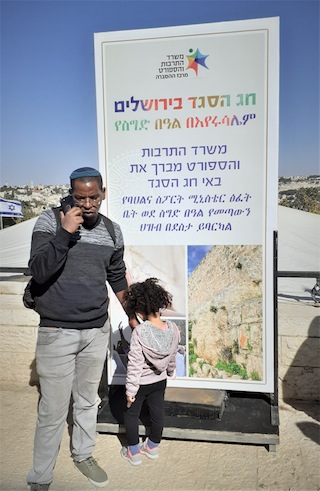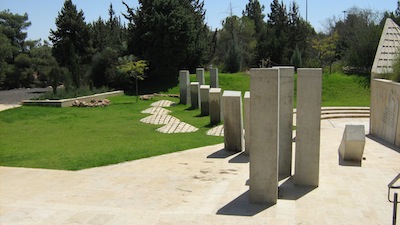On Sundays, we work together as a family to clean the house. We’ve just moved to an historic home that is in the midst of renovations. We aren’t fixing the house to create new modern luxury, but rather so that all the plumbing works and nothing freezes in the wintertime. We’re excited about creating updated versions of what this house might have looked like when it was built in 1913 – with necessary improvements like removing knob and tube wiring and asbestos, as well as insulating and fixing pipes.
A friend was excited about the house’s historic details. She said her husband wouldn’t consider moving to an older home because of ghosts. While I won’t belittle anyone, I’m not particularly worried about ghosts in old houses. Instead, I love knowing that people lived, died, gave birth and had many important, regular and extraordinary life events, both happy and sad, inside these same walls. Imagining past inhabitants who washed their faces at the sink, ate meals in the dining room or celebrated birthdays with loved ones, just as we do, gives me great joy.
Like any house, ours has its creaks and groans. It’s perhaps worse than usual because we’re new here. We haven’t yet effectively bled the radiators. Maybe we don’t always properly close a storm window. This morning I heard sounds, but I suspect there’s a squirrel in the attic. Even this annoying intruder reminds me that our family’s not the first one here. Hopefully, not the last either, although I hope we can get the squirrel to leave first!
When I think about Jewish tradition, it’s a lot like this opportunity to inhabit an old house. Judaism is old, but as each of us “moves in” to our identity or tradition and makes a place for ourselves, both the tradition and the people grow and change. Jewish practice isn’t exactly the same as it was 2,000 years ago, no matter how much some people would like it to be. Similarly, when we’re done fixing up our old house, it will be different, functional for today, and perhaps even better than when we got here. The same, but different, and that’s OK.
I reflected on this when we hit this Jewish month of Heshvan, sometimes called by its older name, likely connected to Akkadian, Marheshvan. In English, this could be translated to “Bitter Heshvan.” As time passed, language changed. With the connections to other ancient languages forgotten, the rabbis called this month “bitter” because, in their understanding, it didn’t contain any big holidays. To some, this might be a relief after the fall High Holidays and, to others, it’s a weird thing to say. Shabbat still happens every week and that’s important, too. There’s even a little-observed Ashkenazi tradition, the Fast of Behav, which I just learned about while writing this column, and it happens during Heshvan.
This learning process is one of those chances where I realized Judaism can grow and change just as we do with our old house. A year ago, I wrote about Heshvan as the time when I would begin to learn to chant Torah – and, yes, while I still have a long way to go, I learned to do that well enough to read Torah twice.
This year, I realized that, actually, Heshvan isn’t mar or bitter due to a lack of holidays because Sigd is on the 29th of Heshvan. As of 2008, Sigd is an official holiday in Israel. It’s a Beta Israel (Ethiopian Jewish) holiday, 50 days after Yom Kippur, and it celebrates the acceptance of Torah. Today, it’s celebrated by fasting, reciting psalms and gathering in Jerusalem to hear the Kessim (priests, like the Kohanim) read the Orit (the Octateuch, or eight biblical books: the five books of the Torah, plus the books of Joshua, Judges and Ruth). Then, when the ritual ends, it’s time to break the fast, dance and celebrate.
I learned this from Wikipedia and other sources online. I haven’t experienced this in Israel or met Jews who celebrate the holiday. However, that doesn’t mean the holiday doesn’t exist! Our tradition has multiple ways to celebrate and observe. For instance, many Jewish organizations take two days off for some holidays, even though only part of the Jewish community observes for two days. Many Jews don’t observe minor fast days, such as the Fast of Behav, which I just heard of today.
How do Heshvan and Sigd relate to living in an old house? Living in old houses has offered me so many ways to learn the social histories of our ancestors. Discovering the plumbing of a bedroom sink, long removed, or a window that was blocked off during a renovation helps me see not only how the original owners of the house used it, but also how subsequent families and businesses chose to reinvent their living spaces. While we can’t understand everything about their lives, we find reminders of the past that can inform us now.
In my house, the contractors recently removed the quarter-sawn oak flooring of a room to deal with the water damage from a long-ago flood. We found a 1925 penny on the subfloor. Perhaps it fell out of the pocket of the house’s first owner, a doctor, as he undressed, or a worker lost it during a renovation. That penny was produced nearly 100 years ago, but 12 years after the house was built. Sometime later, it fell between the boards.
We’re often so immersed in our rituals, as family members, congregants or people in a particular ethnic or national group, that we miss out on other ways to enrich our knowledge and traditions. If we look beyond the easy, and later, interpretation of the word Marheshvan and consider its Akkadian roots, or the diverse holidays that in fact do happen this time of year, we can turn around this bitter message.
Wishing you a happy Heshvan, full of both new learning and old discoveries.
Joanne Seiff has written regularly for CBC Manitoba and various Jewish publications. She is the author of three books, including From the Outside In: Jewish Post Columns 2015-2016, a collection of essays available for digital download or as a paperback from Amazon. Check her out on Instagram @yrnspinner or at joanneseiff.blogspot.com.





